World’s First Flying Car XPeng X2
Move over, science fiction! The destiny of transportation is probably nearer than we think. The Xpeng X2, developed by Chinese tech company XPeng, is making headlines as the world’s first flying car.
Read First Flying Car Concept OR 1st Flying Car
Buckle up, as we explore the potential of the world’s first flying car to redefine the way we travel.
World’s First Flying Car Introduction:
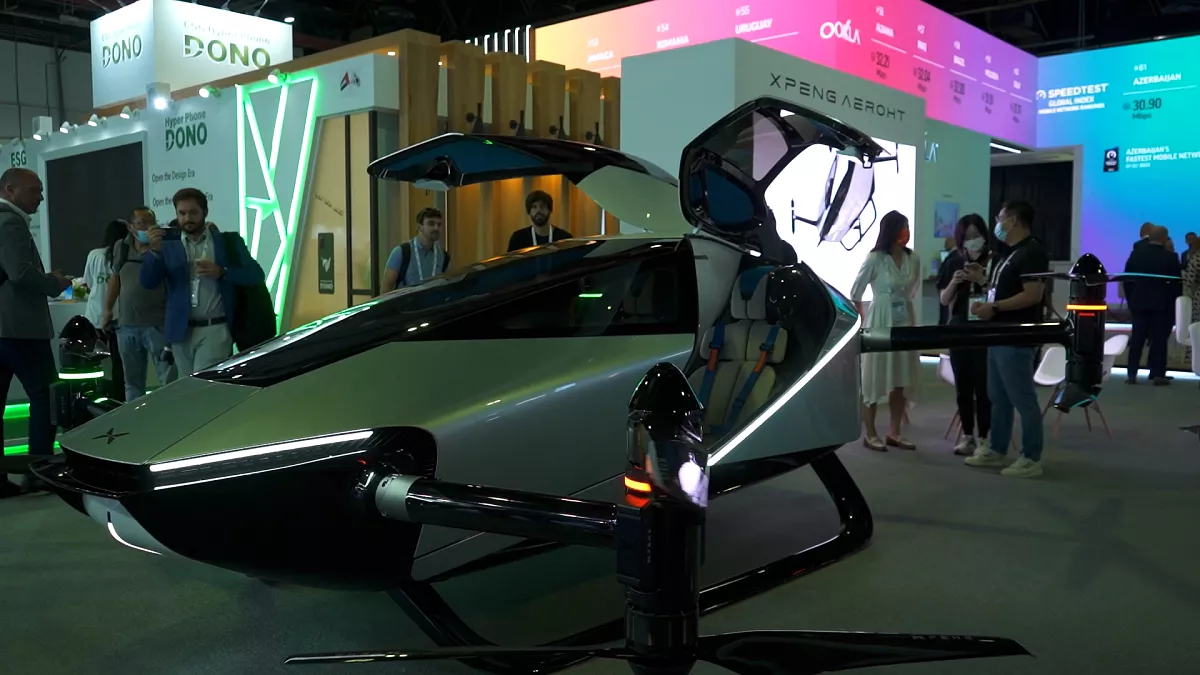
Let’s see the information about the XPeng X2, the world’s first flying car:
| Feature | Description |
|---|---|
| Design & Construction | – Sleek exterior made of lightweight carbon fiber – Closed cockpit design for high-altitude flights – Weight: Approximately 870 pounds (including battery) |
| Electric Propulsion | – Eight electric motors and eight rotors – Top speed: 130 kph (81 mph) – Zero CO2 emissions during flight |
| Autonomous Flight | – Select destination, press “take off,” and soar into the sky – X2’s autonomous capabilities make it a personal aircraft |
| Flight Time | – Approximately 35 minutes of flight time after a three-hour charge – Redefining travel concepts in the air |
The Xpeng X2 is a two-seater electric vertical takeoff and landing (eVTOL) vehicle. Imagine a sleek, futuristic design that transforms from a car to a flying machine, blurring the lines between road and sky. The X2 boasts:
- Electric vertical takeoff and landing: Eliminates the need for runways, enabling takeoff and landing from almost anywhere.
- Compact design: Takes up minimal space when in car mode, making it suitable for urban environments.
- Silent operation: Minimizes noise pollution compared to traditional helicopters.
Read The Future of Urban Mobility: eVTOL Flying Cars
Soaring Towards Reality:
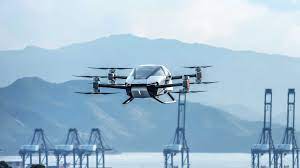
While the Xpeng X2 is not yet readily available for purchase, it signifies a significant step towards making flying cars a reality. Here’s what we know so far:
- Successful test flights: The Xpeng X2 has completed multiple test flights, demonstrating its functionality and potential.
- Focus on safety: XPeng prioritizes safety with advanced features like autonomous emergency landing and autopilot systems.
- Regulations in development: Regulatory frameworks for flying cars are still evolving, but XPeng is actively involved in discussions to ensure safe integration into airspace.
Read Flying Cars Concept: The Future of Mobility
A Glimpse into the Future of Mobility:
The Xpeng X2 is more than just a flying car; it’s a glimpse into a future where urban mobility is revolutionized.
Imagine decongesting traffic jams by taking to the skies, or reaching remote destinations with unprecedented ease. The possibilities are endless!
Challenges on the Horizon:
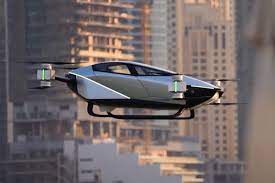
Despite the excitement, there are challenges to overcome:
- Infrastructure development: Air traffic control systems and landing infrastructure need to be adapted for the widespread adoption of flying cars.
- Cost and affordability: Flying cars are likely to be expensive initially, limiting accessibility.
- Public perception: Addressing safety concerns and ensuring responsible use of flying cars will be crucial.
Read ALL New LUXURY Electric Cars Coming in 2024
The Sky’s the Limit:
The Xpeng X2 is a pioneering effort that pushes the boundaries of transportation.
While there’s a road ahead before flying cars become commonplace, XPeng’s innovation has ignited a spark of possibility.
The future of mobility is taking flight, and the X2 is at the forefront of this exciting journey.
Read Top 30 Electric Crossovers (Tesla Model Y Rivals)
How Many Rotors Does XPeng X2 Have?

The XPeng X2, the world’s first flying car, is a technological marvel that combines the best of both worlds—wheels and wings. Let’s explore its fascinating rotor system:
- The XPeng X2 features a total of eight rotors strategically positioned across four arms. Each arm houses two stacked rotors, resembling a large quadcopter design.
These rotors play a crucial role in achieving vertical takeoff and landing, allowing the X2 to transition seamlessly between driving on the ground and soaring through the skies.
With a diameter of approximately 1.83 meters (6 feet) per rotor, they carry a maximum weight of 560 kilograms (1,235 pounds) (with an expected cruising speed of around 130 kilometers per hour (80 miles per hour)). That’s the power behind the XPeng X2’s airborne capabilities!
Safety is paramount, and XPeng has taken precautions. The X2 boasts eight independent battery groups, ensuring redundancy in case of any cell malfunctions.
Additionally, these rotors provide multi-motor power backup, making every flight a thrilling adventure. And just in case you’re still hesitant, rest assured—the X2 even comes equipped with an ejection parachute.
Read 15 Electric Cars TESLA Can’t Beat
What is the Maximum Speed of XPeng X2?
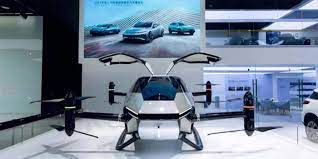
The XPeng X2, the world’s first flying car, is a marvel of engineering and innovation. Let’s take a closer look at its impressive performance:
- Maximum Speed: The XPeng X2 can soar through the skies at a thrilling 130 kilometers per hour (80 miles per hour). Imagine the exhilaration of cruising above the clouds at such speeds!
Read Tesla Cybertruck Price: Elon Musk Break its Biggest Promise?
What is the Range of XPeng X2?

The XPeng X2, the world’s first flying car, offers an exhilarating experience in the skies. Let’s explore its impressive range:
- Range: The XPeng X2 can gracefully glide through the air for approximately 35 minutes on a single charge. During those minutes, you’ll be soaring above the ground, leaving traffic far below.
Read ALL New LUXURY Electric Cars Coming in 2024
How Long Does it Take to Charge XPeng X2?
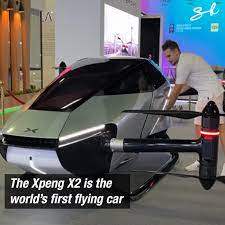
The XPeng X2, the world’s first flying car, requires approximately three hours of charging time before it can take flight for an exhilarating 35 minutes.
During those 35 minutes, you’ll be soaring through the skies, experiencing a fusion of wheels and wings like never before.
Read All New EVs Coming to America in 2024
What is the Price of XPeng X2?
The XPeng X2, the world’s first flying car, comes with a hefty price tag. Let’s explore the cost of this groundbreaking vehicle:
- Price in Chinese Yuan (RMB):
- The XPeng X2 is priced at approximately 100,000 RMB, which translates to about $156,600.
- Price in US Dollars (USD):
- During its public expositions in Shanghai, China, and Europe, the XPeng X2 was introduced to the world. It is anticipated that the World’s First Flying Car will cost between $126,000 and $236,000.
Read 35 New Electric Cars & Trucks Coming in 2024
Where Can I Buy an XPeng X2?
The world’s first flying car has captured the imagination of adventurers and tech enthusiasts alike. If you’re ready to leap the skies, here’s where you can explore owning an XPeng X2:
- Gitex Global in Dubai:
- The XPeng X2 is currently on display at Gitex Global in Dubai1. This exhibition provides a firsthand glimpse of this groundbreaking vehicle, allowing you to witness its futuristic design and capabilities.
- XPeng Aeroht:
- XPeng Aeroht, the division responsible for the X2, has chosen Dubai as the city of choice for showcasing this innovative flying car. The public display in Dubai marks a significant milestone for XPeng Aeroht and the international achievement of flying cars2.
- Pre-Orders and Availability:
- While the XPeng X2 is generating buzz, it’s essential to keep an eye on official announcements from XPeng Motors. Pre-orders and availability details will be shared through their official channels.
- Visit the XPeng Official Website for updates and information on how to secure your own XPeng X23.
Read TOGG Unveils New Electric Sedan at CES 2024
How Many Passengers Can XPeng X2 Carry?
The XPeng X2, the world’s first flying car, is designed to accommodate two passengers.
Its compact yet futuristic closed cockpit ensures a comfortable and thrilling experience for both occupants as they take to the skies.
Whether you’re commuting or embarking on an aerial adventure, the X2 promises a fusion of wheels and wings like never before!
Read Breaking News: Switzerland Banning Electric Cars
Is it Legal to Fly a Car in Other Countries?
Let’s explore the legal aspects of flying a car in different countries:

Flying a Car Across Country:
Advantages:
- Speed: Flying your car allows for much faster transportation compared to driving. Instead of spending days on the road, your vehicle can be transported to your destination within hours.
- Security and Safety: Transporting your car by plane provides an added layer of security. Carriers take special precautions to ensure your vehicle’s safety during transit, minimizing the risk of damage or theft.
- Accurate Shipping Dates: Airlines operate on strict schedules, allowing you to plan your move precisely. Your car arrives at the designated time, facilitating better coordination of your relocation plans.
- White-Glove Services: Some car shipping companies offer specialized handling and care for valuable or unique vehicles.
- Overseas Shipping: If you’re moving internationally, flying your car can be an excellent option. It’s often simpler and more streamlined than other methods like ocean freight.
Considerations:
- Cost: Flying a car comes at a higher cost due to air transport expenses.
- Car’s Value: Consider your budget and the value of your car when deciding between flying and alternative transportation methods.
Paramotors & Aircraft Rules:
- In many countries, there are no specific rules addressing paramotors. They likely fall under existing aircraft rules, requiring certification, registration, and appropriately certified pilots.
International Driving Permit (IDP):
- While not directly related to flying cars, if you plan to drive in foreign countries, an International Driving Permit (IDP) can be useful. It translates your domestic license into another language and helps meet national driving requirements when renting a car or dealing with insurance claims.
Air Rights & International Aviation Law:
- Commercial airlines must have permission to traverse the airspace of other countries. International aviation law addresses this issue, ensuring safe and regulated air travel.
Remember, while the concept of flying cars is exciting, practical implementation and regulatory challenges remain. Always follow safety guidelines and consult local authorities before attempting to fly a car.
Official News About the World’s First Flying Car:
Read Explore the Top Electric Car Brands in the USA
Buy On Amazon:
The business world is experiencing yet another transformation, in this case, relating to the movement of people and things. The electric aerial vehicle revolution is about to transform personal and business travel, transportation, logistics, and supply chains in a new world of advanced air mobility (AAM).
This electric flying phenomenon is inventing personal aerial travel, flying taxis, new first responder capabilities, and self-flying vehicles, enabling millions of consumers around the world to take to the skies just as they adopted road travel decades ago.
This emerging technology is about transporting people and things differently than in the past and creating efficiencies to travel to locations previously out of practical reach.
In this fast-paced and quick-read book, NY Times Business bestselling author Chuck Martin details what every businessperson or tech enthusiast needs to know about the electric aerial revolution.
Read Do Electric Cars Need Oil Changes?
Conclusion
The XPeng X2 is the world’s first flying car, making history and changing how we get around. It’s a big deal! With its cool design and focus on being eco-friendly, XPeng has created something new.
The X2 is made of super light carbon fiber and can fly for about 35 minutes after just three hours of charging. That’s amazing! It’s like something out of a sci-fi movie. This is XPeng’s first step into the world of flying cars, and it’s really exciting.
It’s like they’re saying, “Hey world, get ready for the future!” Picture this: cars flying in the sky alongside airplanes. The X2 is safe and efficient, with a closed cockpit, eight electric motors, and fixed-skid landing gear. It’s built for adventure and for making dreams come true.
So, are you ready to hop on board and be part of history with the world’s first flying car?

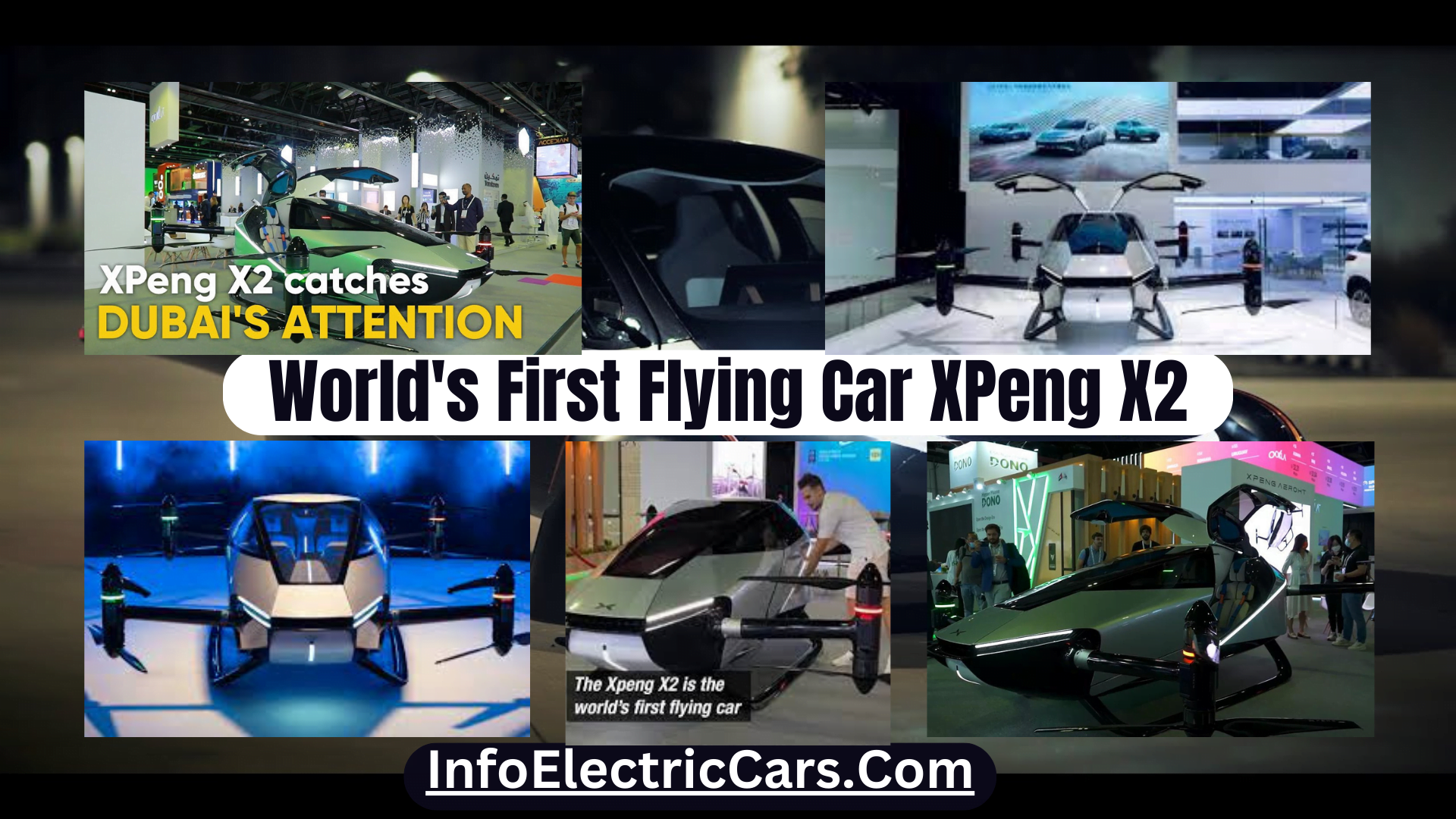




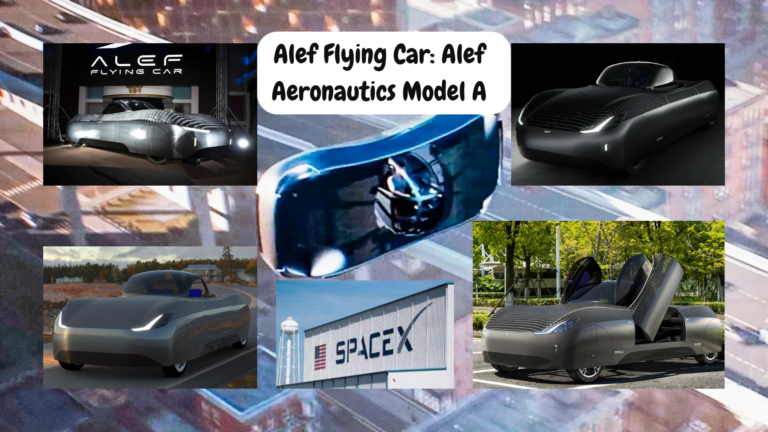
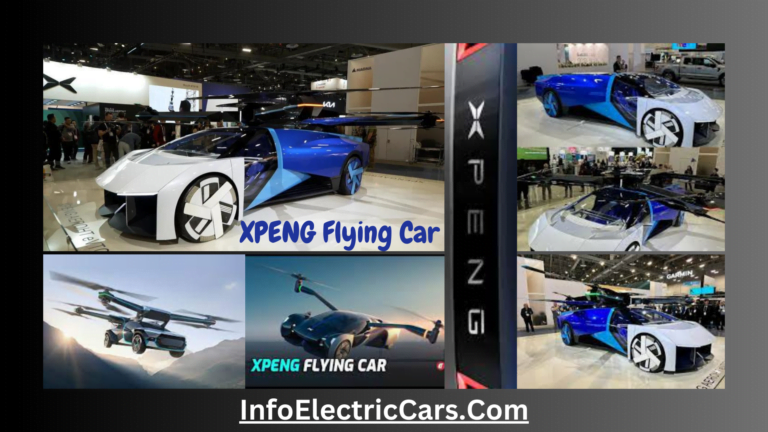
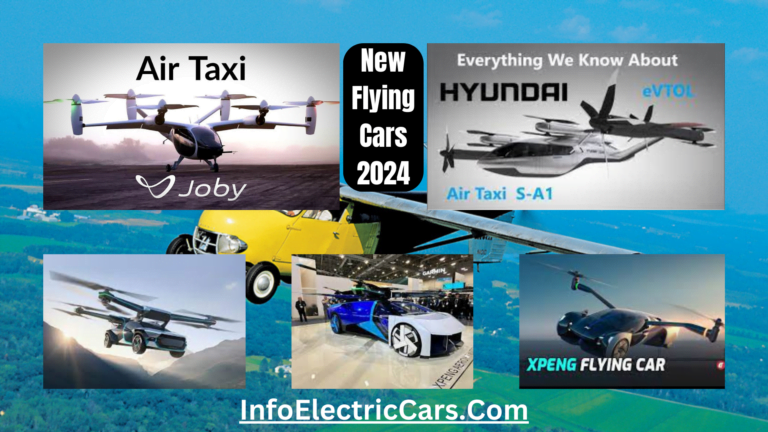
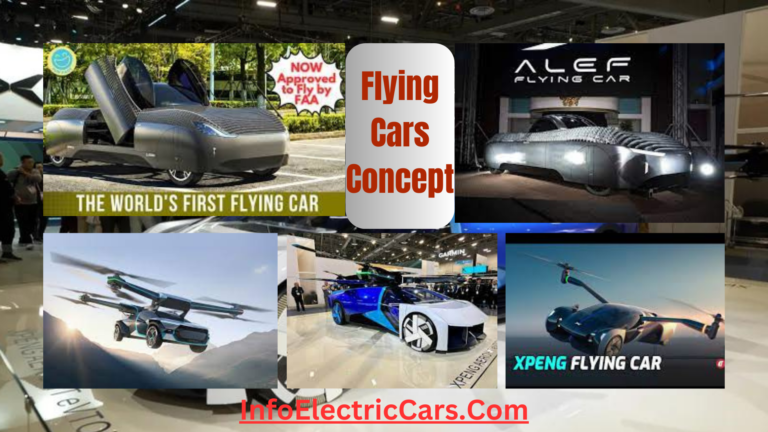
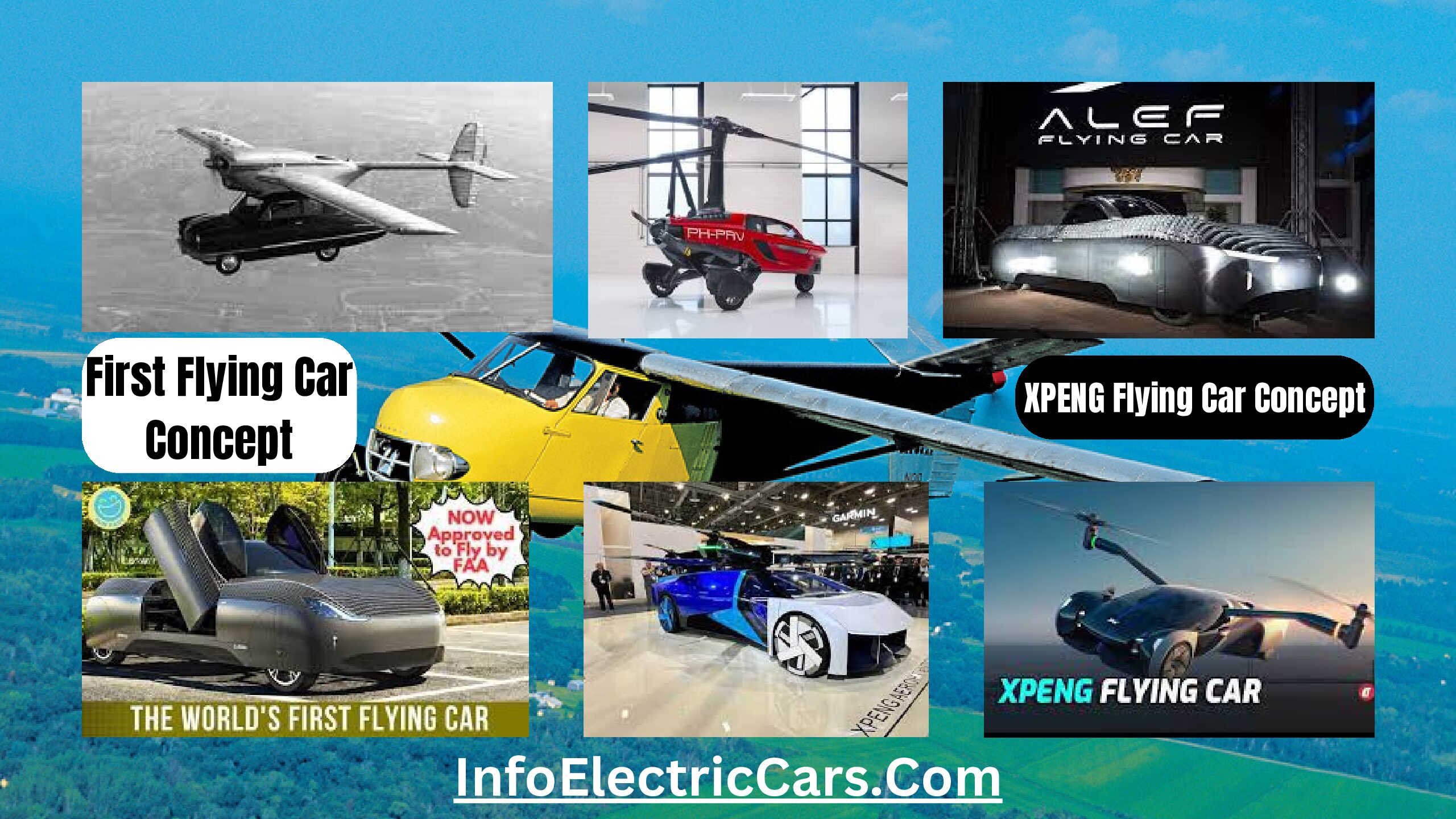
5 Comments